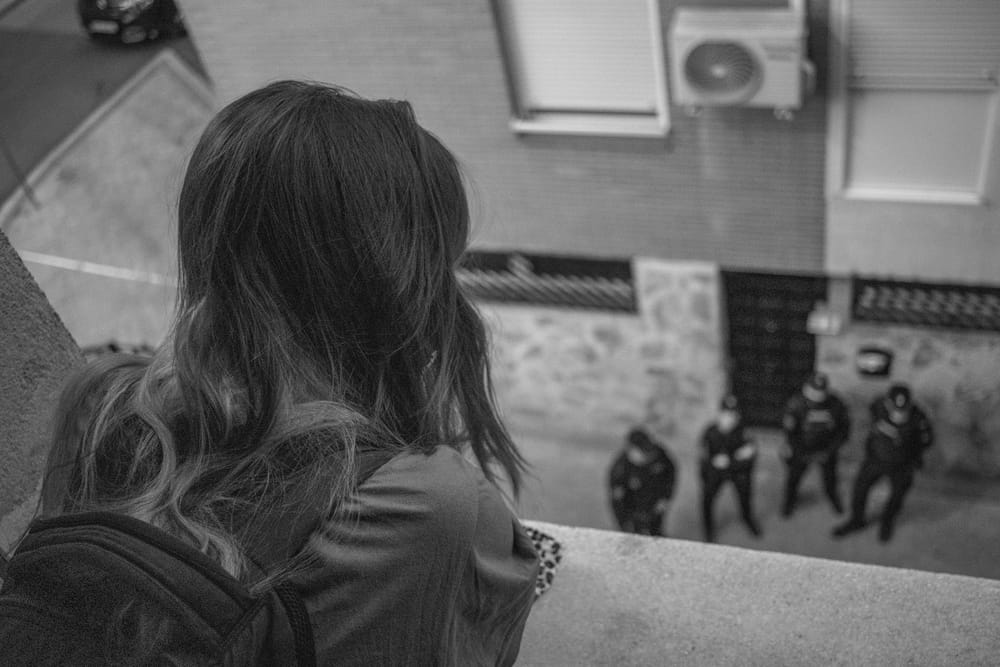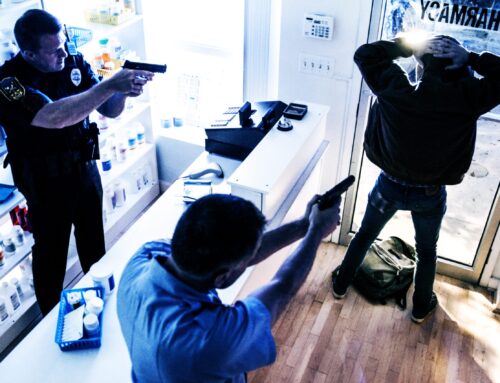How States are Grappling with Young People Who Commit Crimes

According to the Office of Juvenile Justice and Delinquency Prevention, the U.S. recorded 424,300 arrests of persons under 18 in 2020. Of those crimes, 930 were murders, 12,000 were robberies, 19,140 were aggravated assaults, 15,130 were burglaries, 46,700 were larceny-thefts, 11,660 were motor vehicle thefts, 1,200 were arson crimes, 70,940 were assaults, 3,090 were forgery and fraud crimes, 23,130 were vandalism, and 42,280 were drug offenses. The other crimes fell into categories of disorderly conduct, family offenses, vagrancy, and other nonviolent, often property-related crimes.1
How states approach juveniles who commit crimes makes a huge difference in whether or not those juveniles will experience true reform or whether they’ll go back to a life of crime. For example, though the U.S. still records close to half a million juvenile crimes per year, the number has dropped considerably from previous years. Some experts believe the steady decline in juvenile crimes has been the result of effective criminal justice reform in several states, suggesting other states should implement similar reforms.
The following sections examine four states that recently passed criminal reform legislation regarding juvenile offenders.
Indiana

Indiana State Capitol. Photo by 4kclips/Shutterstock.com
Indiana lawmakers recently adopted House Bill 1359, or “Juvenile Law Matters.” The legislation includes several changes in juvenile criminal justice, including increasing the age of detention to 12 and introducing new programs for risk assessment that aim to divert youth offenders away from court involvement if possible. The new legislation also introduced policies to improve data collection of juvenile offenses, develop a statewide plan to address the provision of behavioral health services to children in juvenile detention, and implement a plan for transitional services for children in juvenile detention who are preparing to transition out of detention.2
This legislation includes several other mandates, including providing juveniles with alternatives to incarceration and new probation services. The legislation also repeals provisions requiring a child who participated in alternatives to juvenile detention to pay fees for those alternative programs.
To summarize the legislation, House Bill 1359 was designed to address several aspects of Indiana’s juvenile criminal justice law, aspects of which required reform and updating to bring Indiana’s laws to a place where they are providing more effective, compassionate, and rehabilitative services to young people who commit crimes.
Maryland
Like Indiana, Maryland also recently passed a law that implemented numerous provisions geared toward reforming the state’s approach to juvenile criminal justice. Maryland’s Senate Bill 691 raised the minimum age of juvenile detention to 13, providing exceptions only for cases where a juvenile offender must be detained to protect the community. The new law also largely prohibits the use of detention as a form of punishment for technical violations of probation and misdemeanor offenses. This provision has some exceptions, including handgun violations and repeated misdemeanor offenses. The new law also removes barriers to juveniles accessing alternatives to incarceration for nonviolent felonies.3

In summary, Maryland’s new legislation seeks to protect young children from being detained except in very rare cases while simultaneously giving older children access to incarceration alternatives, means by which they can pay their debt to society without becoming incarcerated.
Tennessee

Escort of juvenile offender. Photo by Glenn R. McGloughlin/Shutterstock.com
A recent Tennessee Supreme Court decision declared 51-year-to-life sentences for adolescents unconstitutional. Decided in 2022, Tennessee v. Booker sought to shift Tennessee away from delivering life sentences to young people. At the time of the decision, Tennessee was one of several states where almost 10% of all offenders serving life sentences were convicted of those sentences when they were under the age of 18.4
Not only did the ruling change how Tennessee will address future juvenile offenses, but it also works retroactively. Simply, the ruling demands that all Tennessee offenders who were convicted of a 51-to-life sentence when they were under the age of 18 must now receive individualized parole hearings after serving a minimum of 25 years.
In summary, Tennessee’s Supreme Court ruling reverses a harsh policy of delivering life sentences to children.
Wyoming
Wyoming passed House Bill 37, a primarily administrative and data-collection legislative packet. The goal of the legislation was to overhaul how Wyoming collects and processes data regarding juvenile crime, arrests, pretrial detention, conviction, sentencing, and incarceration.5
A primarily data-focused bill may not seem like a big shift. Still, co-signers of the legislation believe it is a powerful first step toward criminal justice reform for juveniles. Supporters of the legislation say the bill is “transferring responsibility for the juvenile justice information system to the department of family services; requiring the department of family services to standardize the collection of juvenile justice information; amending requirements for juvenile justice information to be collected by the department; amending reporting requirements; providing definitions; making conforming amendments; repealing requirements for submitting and maintaining certain juvenile justice information; authorizing a position; providing appropriations; requiring rule-making; [and] requiring a report and providing for effective dates.” In summary, the Wyoming legislation will help lawmakers get a better idea of the scope of juvenile crimes in the state so future reform bills can be proposed and passed.
The Need for More Effective and Compassionate Criminal Justice Services for Juveniles
According to a report issued by the Council on State Governments, some states record an 80% recidivism rate for juvenile offenders, meaning people who are incarcerated before the age of 18 are extremely likely to be re-arrested and re-incarcerated within three years of their release from prison.6
While the U.S. as a whole has a relatively high recidivism rate, the recidivism rate for young people is significantly higher than it is for adults, suggesting prison time overwhelmingly does not work for adolescents. States should continue to find ways to address juvenile crime without incarcerating minors, and when they commit crimes that do require their incarceration, states should implement educational programs in prisons and tested, proven modalities that help young people experience true reform and rehabilitation.
Sources:
- OJJDP. “Estimated number of juvenile arrests, 2020.” Office of Juvenile Justice and Delinquency Prevention, 2022. ojjdp.gov
- IGA. “House Bill 1359: Juvenile law matters.” Indiana General Assembly, 2022. iga.in.gov
- MGA. “Juvenile Justice Reform.” Maryland General Assembly, 2022. mgaleg.maryland.gov
- Scribd. “State of Tennessee v. Tyshon Booker.” Scribd, 2022. scribd.com
- SOWL. “HB0037 – Juvenile justice data reporting.” State of Wyoming Legislature, 2022. wyoleg.gov
- CSG. “Reducing Juvenile Recidivism.” Council of State Governments, 2023. csgjusticecenter.org




